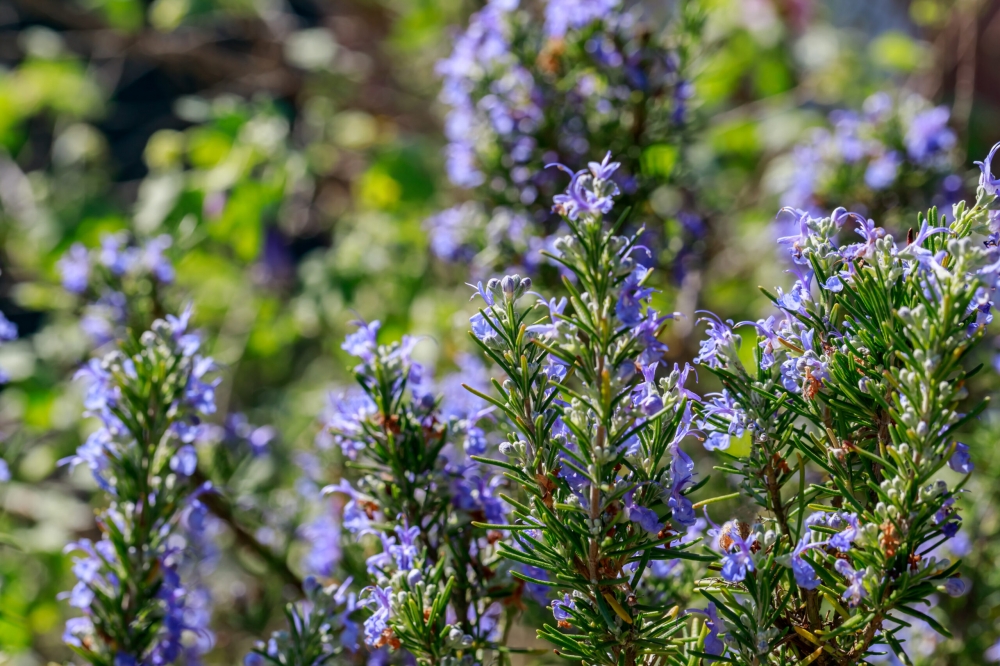JOURNAL 3099
Records of Agricultural and Food Chemistry
Year: 2024 Issue: 3 Special Issue: Abstracts 3rd. TCS, International Food Chemistry Congress February 29-March 03,2024 Antalya Türkiye
p.35 - 35
Viewed 1289 times.
-
Gülin Gümüşbulut Şener

-
Dilara İbrahİmzade

-
Cansel Çakir

-
Dilaycan Çam

-
Ozge Tokul Olmez

-
Mehmet Uğurlu

-
Mehmet Ozturk

GRAPHICAL ABSTRACT

ABSTRACT
Rosmarinus officinalis L. (Lamiaceae) is a small evergreen plant that grows wild in most Mediterranean countries [1]. This herb shows particularly antiproliferative effects on various tumor cell lines. A population-based study suggested an overall risk reduction in cancer incidence was associated with patients consuming these herbs, including rosemary [2]. Rosmarinus officinalis L. has long been associated with anti-inflammatory and antioxidant properties [3]. It is widely cultivated in the Mediterranean area, including Mugla city, for its phototherapeutic and aromatherapeutic properties. In this study, we aimed to search for the standardization method for essential oil production of Rosmarinus officinalis, showing enzyme inhibitory activity. For this purpose, various essential oils were obtained by hydrodistillation method using a Clevenger apparatus from R. officinalis exposed to multiple factors. Briefly, R. officinalis collected from Muğla was divided into four different parts. One part was not subjected to hydrodistillation without drying. The other parts were dried under the sun in a dark environment and in the fruit dryer. The samples were dried under the sun and in a dark environment for four days, and the essential oil was obtained from these samples separately each day. The sample in a fruit dryer, however, was dried for one day. Moreover, the essential oils for each sample were obtained at different pH levels, such as 5.8, 7.0, and 8.0, respectively. A total of 30 essential oils were obtained, and their chemical contents were analyzed by GC and GC-MS. In addition, the enzyme inhibitory activities of 30 essential oils were tested against acetylcholinesterase, butyrylcholinesterase, tyrosinase, α-amylase, and α-glucosidase. The data were evaluated using chemometric techniques. The major constituents of the essential oils α-pinene, eucalyptol, camphor, borneol, and verbenone differed due to the drying and pH effects. Other major constituents in the European Pharmacopoeia, such as camphene, β-pinene, myrcene, p-cymene, limonene, α-terpineol, and bornyl acetate, showed high variation in % constituent amounts. Within the scope, it was observed that the content of the essential oils triggered with various factors, and enzyme inhibitory assays exhibited differences. The essential oils obtained from the sample dried using the fruit dryer were most suitable with European Pharmacopoeia. Since the study results are significant in terms of essential oil extraction from the plants, it is considered necessary for crucial oil-producing companies to protect public health.
KEYWORDS- R. officinalis
- essential oil
- changes in essential oil content with different factors
- anticholinesterase activity
- tyrosinase
- α-amylase.